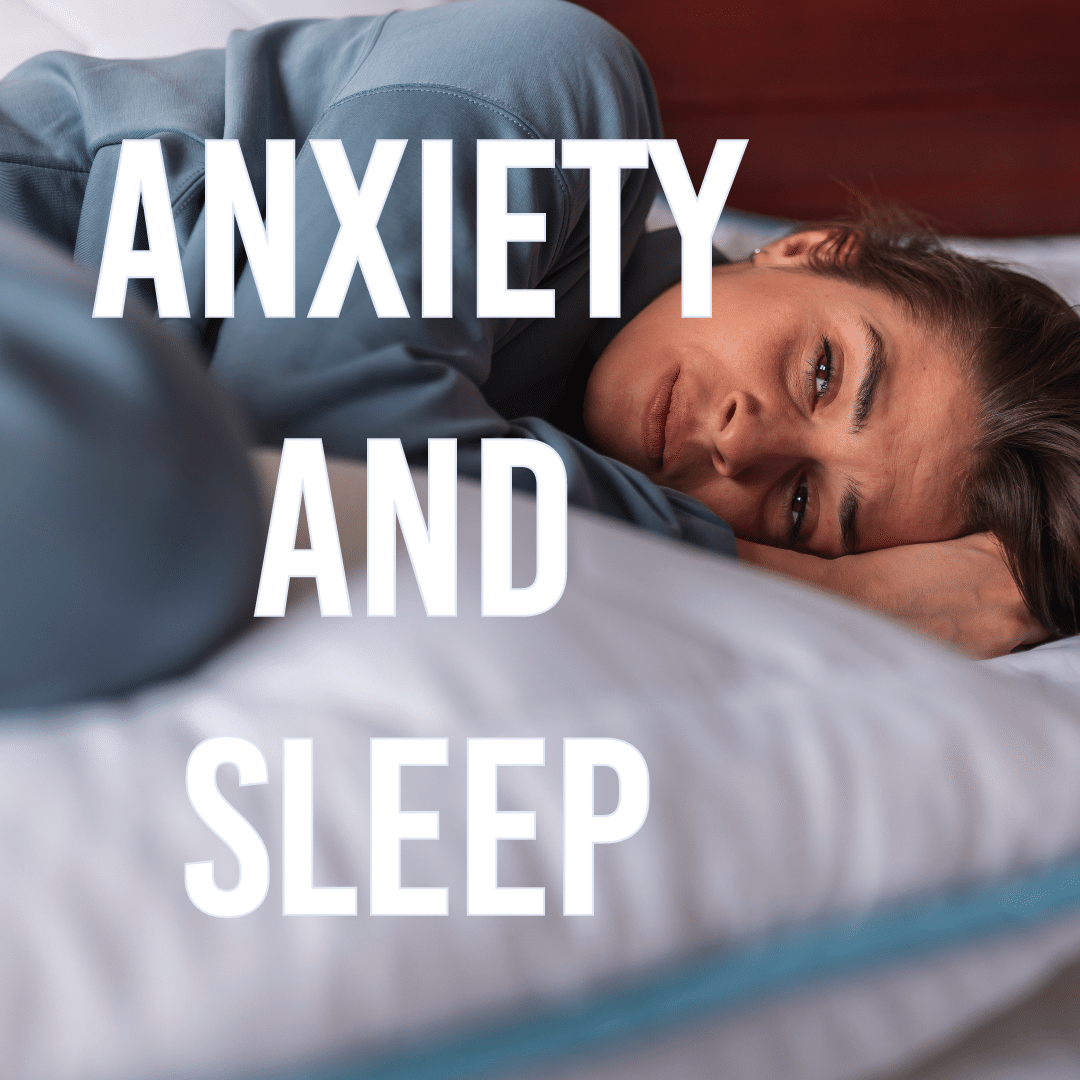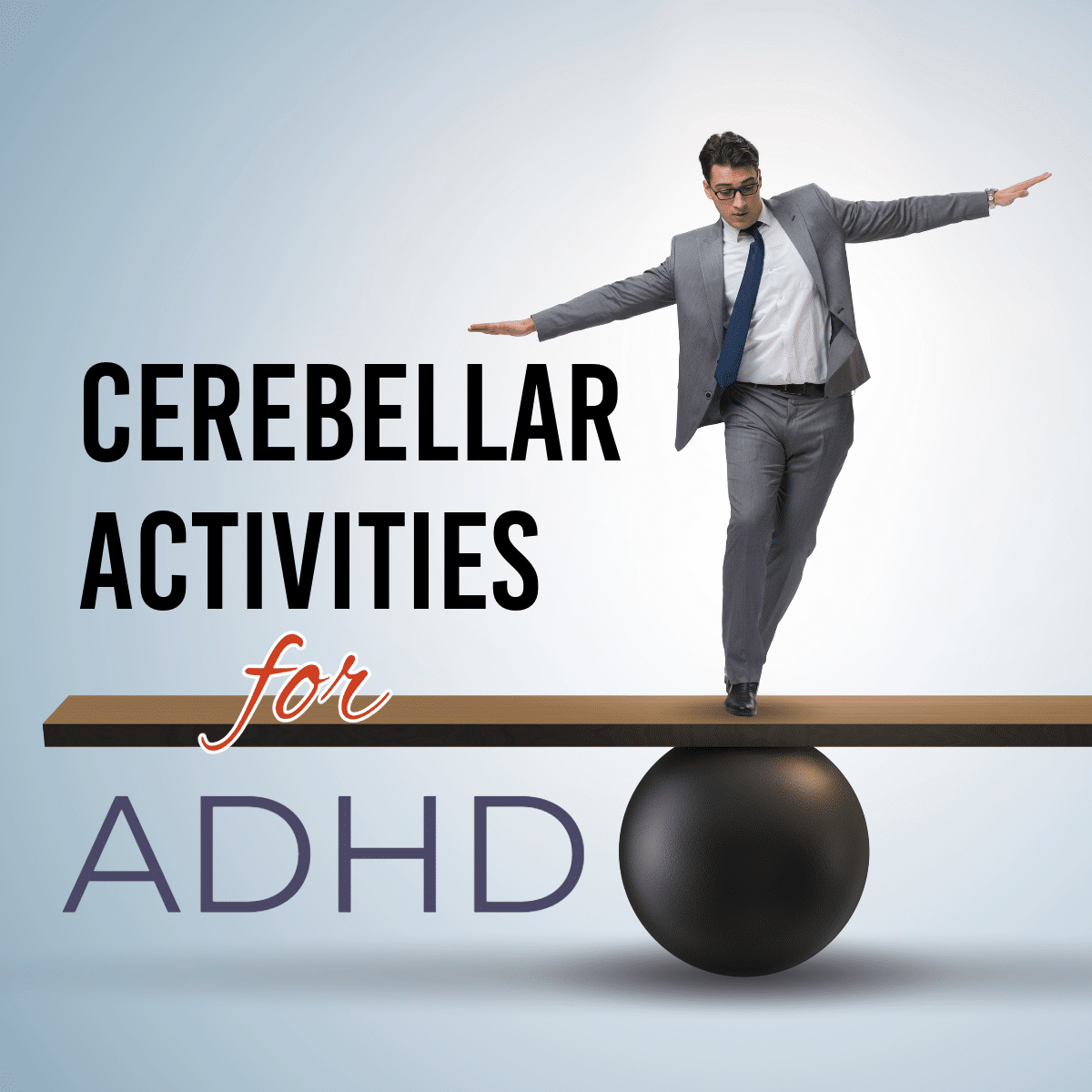In 1870, Albutt saw that morphine made people more sensitive to pain. In 1880, Rossbach published restlessness, irritability associated with those using opioids long term.
What are some endorphins? Endorphins (alpha, beta, gamma), Enkephalins, Dynorphin.
Data shows taking people off long-term opiates can improve pain
1. 21 of 23 patients reported a significant decrease in pain after detoxification (Baron: Significant Pain Reduction in Chronic Pain Patients after Detox from High-Dose Opioids)
2. In 60 heroin & methadone addicts, following 4-week detoxification, VAS scores and cold pressor tests improved after 7 and 28 days of detox. (Pud: Opioids and abnormal pain perception: New evidence from a study of chronic opioid addicts and healthy subjects)
3. Compared with patients not receiving opioid treatment, patients receiving opioid therapy were more likely to rate the standardized pain stimulus (SQ Lidocaine) as being more unpleasant than painful. (Cohen: The effect of opioid dose and treatment duration on the perception of a painful standardized clinical stimulus)
Administration of exogenous opiates inhibits production of endogenous opiates
· In the acute setting, administration of fentanyl in the OR inhibits release of beta-endorphins (Dubois, 1982; Cork, 1985; Hargreaves, 1986).
· Chronic administration of exogenous opioids inhibits both production of endogenous opiates (via reduced POMC gene expression) and mu opioid receptors (Wardlaw, 1996; Zhang, 1996).
Are opiates causing the increased sensitivity to pain (hyperalgesia) or is it the pain itself? People with pain also can become hypersensitive…fibromyalgia, chronic pelvic pain, headaches, IBS
· Neonatal rats showed long term hyperinnervation following skin wounds (Reynolds, 1995)
· In response to pain, cellular processes increase membrane excitability, facilitation of synaptic strength, and decreases in inhibitory transmission (disinhibition). Affected neurons display spontaneous activity, reduced activation threshold, and enlarged receptive fields.
· Also, Tylenol was shown to reduce beta-endorphin levels in knee OA patients, compared to the group that received rofecoxib (Shen, 2006).
Mechanisms for OIH
· Spinal dynorphin is released with mu-agonist, which releases CGRP.
· Descending facilitation from the rostral ventromedial medulla
o repeat morphine exposure increases pro-nociceptive calcitonin gene related protein and substance P in the DRG (Ossipov, 2005)
· Dysregulation of mast cells, microglial cells
· “Anti-opioid peptides” (that bind to mu and decrease their affinity for endorphins): CCK, neuropeptide FF, orphanin FQ/nociception (West, 1981)…these processes also contribute to tolerance.
· Opioid metabolites, such as morphine-3-glucoronide
· P-glycoprotein inhibition (Mitra, 2008), as this peptide is involved in secretion of toxins.
· Glutamatergic transport system gets downregulated, so more glutamate stays in synaptic cleft, leaving more available to NMDA (that’s why NMDA blockers can help)
· Repeated opioid exposure increases protein kinase C, which decouples the mu opioid receptor from the potassium channel.
How to differentiate OIH from increased opioid tolerance (lack of response to the same dose of medication), OIH will be more likely to have…
· Spontaneous diffuse pain
· Pain expanding beyond the distribution of prior pain
· Worsening pain when opioid dosage increased
· Improved pain when opioid decreased
· Use QST (quantitative sensory testing) to assess pain threshold
If you suspect increased opioid tolerance, you can try:
· A trial of an opioid dose escalation
· Opioid rotation to reset opioid tolerance
· Lastly, do a trial of an opioid decrease to see if it is OIH
How do we get the body to release its own endorphins?
· Electroacupuncture at 2 Hz accelerates the release of enkephalin, β-endorphin, and endomorphin, whereas at 100 Hz it selectively increases the release of dynorphin. A combination of the two frequencies produces simultaneous release of all four opioid peptides, thereby resulting in a maximal therapeutic effect. (Han, 2004)
· Beta-endorphin levels increase with activity (Pierce, 1993).
· Stimulation of the periaqueductal grey areas (Hosobuchi, 1979; Loyd 2009), DBS used here for severe refractory neuropathic pain (Sims-Williams, 2017)
· Sleep deprivation decreases antinociceptive enkephalinase-inhibition (Ukponwman 1984), and lessens analgesic effect of mu agonists. Opioid receptors are in nuclei that also control sleep such as the suprachaismatic nuclei and PAG. Diminished codeine analgesia is correlated with daytime sleepiness (Steinmiller 2010). In animals, sleep deprivation alters mu, delta receptors, diminishes basal endogenous opioid levels and downregulates central opioid receptors (Finan, 2013)
Adjuvant Treatment for OIH:
· NMDA Antagonists: ketamine, dextromethorphan, methadone (but studies show methadone patients can develop OIH too; Hay, 2009)
· Alpha-2 agonist: clonidine, guanfacine
· NSAIDs
· Low dose naltrexone for fibromyalgia, as it can transiently block opioid receptors centrally resulting in rebound of endorphin function (Metyas, 2018)

 Bruce Bassi
Bruce Bassi





